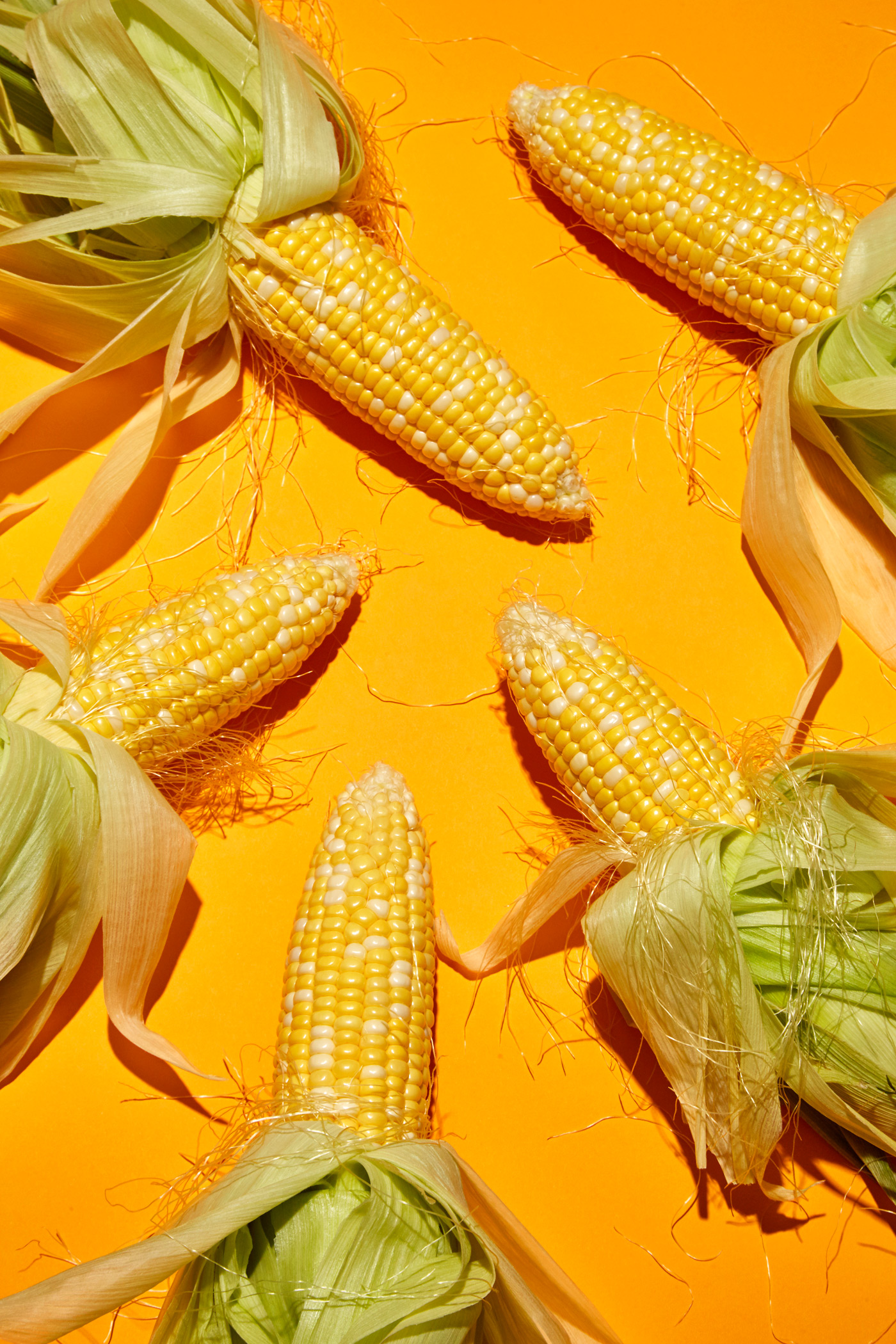
Updated
If you want to eat healthy in America, don’t expect government subsidies to help. The most federally subsidized foods are heavily processed, and diets rich in them may be having profound negative effects on health, suggests a new study published in JAMA Internal Medicine.
Researchers from the Centers for Disease Control and Prevention and other institutions looked at what 10,000 Americans reported eating in a single day, from 2001 to 2006. They then calculated how much of their diets were made up of food subsidized by the government, including corn, soybeans, wheat, rice, sorghum, dairy and livestock. While those may sound healthy, they’re typically not eaten in their whole-food form; rather, they’re turned into cattle feed or refined and converted into sweeteners (like high fructose corn syrup) and processed fatty foods.
“In the U.S. and many other places, an excess of subsidies in these areas ends up leading to a conversion into foods like refined grains and high calorie juices, soft drinks with corn sweeteners and high fat meats,” says Dr. Ed Gregg, chief of the CDC’s epidemiology and statistics branch in the diabetes division. “It’s basically the way that they’re used that ends up being detrimental.”
Even though these are not the foods the government tells us to eat with their dietary guidelines, they’re the foods the government makes cheap. More than half of Americans’ calories came from subsidized foods, the study authors found. In the research group’s prior work, this hasn’t proven to be a good thing; diets full of subsidized food were rich in dairy, carbohydrates and meat and low in fruits, vegetables and overall quality. Younger, poorer, less educated people eat vastly more quantities of subsidized food, the same group of researchers found.
The authors then looked for a link between these diets and whether they had a high BMI, high blood pressure, markers in the blood that indicate inflammation and high cholesterol—all of which can contribute to disease.
Compared to people who ate the least amount of subsidized food, the people who ate the most had a 37% higher risk of being obese, a 41% greater risk of having belly fat, a 34% higher risk for having signs of elevated inflammation and a 14% higher risk of having abnormal cholesterol.
In the U.S., the cost of treating these kinds of diseases is at least $150 billion per year—and the foods proven to help reduce their risk aren’t cheap either. If we hope to improve our national health, the study authors argue, that needs to change. “We need to start thinking about more central ways to change the foods that we eat,” Gregg says.
“One potential policy lever for addressing this need may be to shift agricultural subsidies toward the production of healthier crops, such as fruits and vegetables,” the authors write. Bringing down the cost per calorie of healthy food would help people eat more of it while reducing their risk for disease.
More Must-Reads from TIME
- Why Trump’s Message Worked on Latino Men
- What Trump’s Win Could Mean for Housing
- The 100 Must-Read Books of 2024
- Sleep Doctors Share the 1 Tip That’s Changed Their Lives
- Column: Let’s Bring Back Romance
- What It’s Like to Have Long COVID As a Kid
- FX’s Say Nothing Is the Must-Watch Political Thriller of 2024
- Merle Bombardieri Is Helping People Make the Baby Decision
Write to Mandy Oaklander at mandy.oaklander@time.com